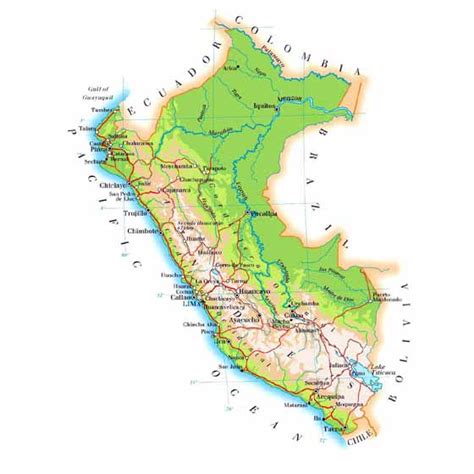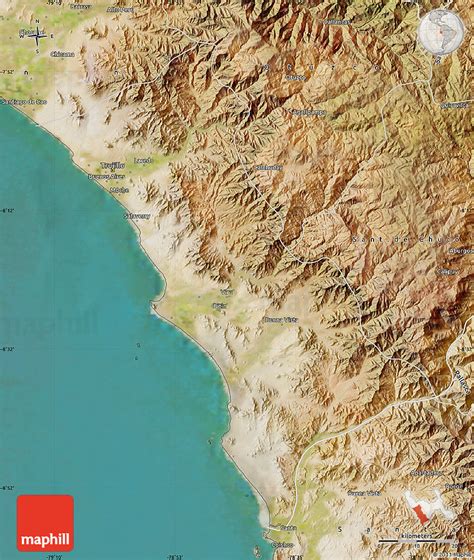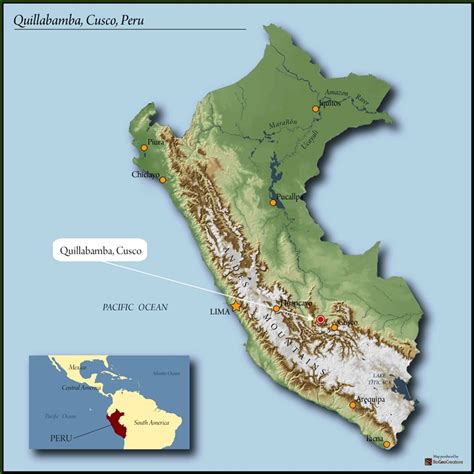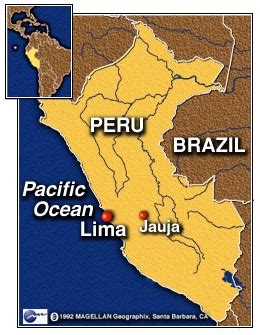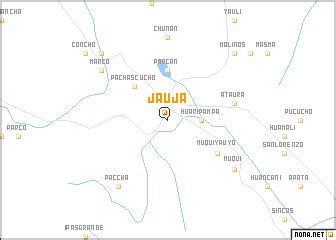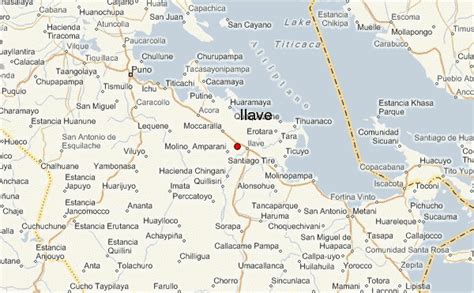Location: Peru 🌎
Country: Peru
ISO2 Code: PE
ISO3 Code: PER
Location Type: Country
Latitude:
Longitude:
Peru ( ; Spanish: Perú [peˈɾu]; Quechua: Piruw [pɪɾʊw]; Aymara: Piruw [pɪɾʊw]), officially the Republic of Peru (Spanish: República del Perú ), is a country in western South America. It is bordered in the north by Ecuador and Colombia, in the east by Brazil, in the southeast by Bolivia, in the south by Chile, and in the south and west by the Pacific Ocean. Peru is a megadiverse country with habitats ranging from the arid plains of the Pacific coastal region in the west to the peaks of the Andes mountains extending from the north to the southeast of the country to the tropical Amazon basin rainforest in the east with the Amazon River. Peru has a population of over 34 million, and its capital and largest city is Lima. At 1,285,216 km2 (496,225 sq mi), Peru is the 19th largest country in the world, and the third largest in South America.
Peruvian territory was home to several cultures during the ancient and medieval periods, and has one of the longest histories of civilization of any country, tracing its heritage back to the 10th millennium BCE. Notable pre-colonial cultures and civilizations include the Caral-Supe civilization (the earliest civilization in the Americas and considered one of the cradles of civilization), the Nazca culture, the Wari and Tiwanaku empires, the Kingdom of Cusco, and the Inca Empire, the largest known state in the pre-Columbian Americas.
The Spanish Empire conquered the region in the 16th century and Charles V established a viceroyalty with the official name of the Kingdom of Peru that encompassed most of its South American territories, with its capital in Lima. Higher education started in the Americas with the official establishment of the National University of San Marcos in Lima in 1551. Peru formally proclaimed independence in 1821, and following the foreign military campaigns of José de San Martín and Simón Bolívar, and the decisive battle of Ayacucho, Peru completed its independence in 1824. In the ensuing years, the country first suffered from political instability until a period of relative economic and political stability began due to the exploitation of guano that ended with the War of the Pacific (1879–1884). In the 20th century, the country endured coups, social unrest, and internal conflicts, as well as periods of stability and economic upswing. In the 1990s, the country implemented a neoliberal economic model under Alberto Fujimori, with his political ideology of Fujimorism encompassing the governance of Peru into the present day through a cult of personality. As the 2000s commodities boom took place, Peru experienced a period of constant economic growth and a decrease in poverty. Through the 2010s and into the 2020s, political crises and the COVID-19 pandemic in Peru revealed long existing vulnerabilities of the nation’s lack of political function and the inability to provide social services for its citizens, with unrest beginning into 2023 raising concerns of political leaders in Lima seeking a more authoritarian government. Broadly interpreted impeachment wording in the 1993 Constitution of Peru and a February 2023 ruling by the Constitutional Court of Peru has essentially given Congress absolute control of Peru’s government.The sovereign state of Peru is a representative democratic republic divided into 25 regions. Its main economic activities include mining, manufacturing, agriculture and fishing, along with other growing sectors such as telecommunications and biotechnology. The country forms part of The Pacific Pumas, a political and economic grouping of countries along Latin America’s Pacific coast that share common trends of positive growth, stable macroeconomic foundations, improved governance and an openness to global integration. Peru ranks high in social freedom; it is an active member of the Asia-Pacific Economic Cooperation, the Pacific Alliance, the Comprehensive and Progressive Agreement for Trans-Pacific Partnership and the World Trade Organization; and is considered as a middle power.Peru has a population that includes Mestizos, Amerindians, Europeans, Africans and Asians. The main spoken language is Spanish, although a significant number of Peruvians speak Quechuan languages, Aymara, or other Indigenous languages. This mixture of cultural traditions has resulted in a wide diversity of expressions in fields such as art, cuisine, literature, and music.

Top Peru HD Maps, Free Download 🗺️
Map
Maps
United States
United States
World Map
China
China
